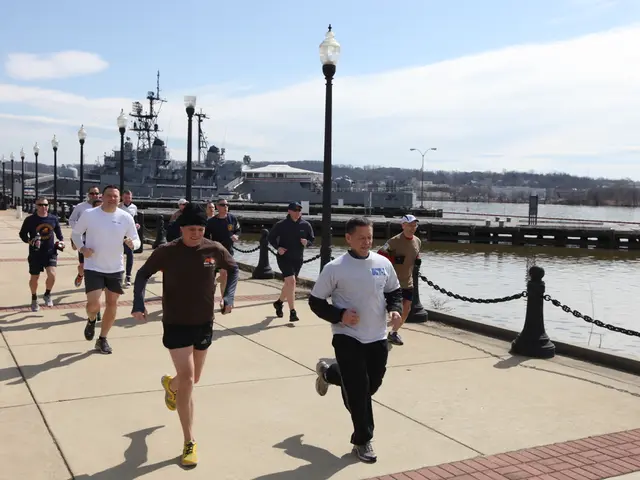Beijing Subway Mishap Leaves Over 100 Injured, No Fatalities
Over a hundred individuals have been left injured following a train accident on the Chinese capital's subway system in Beijing. The city's transport authority reports that over 500 individuals were hospitalized and approximately 100 suffered broken bones. Fortunately, no fatalities were reported.
The event transpired on an elevated subway line, causing two carriages to become separated on the exposed track. The specific cause of the accident remains under investigation, although preliminary reports suggest that the snow-covered and slippery track may have contributed to an unsuccessful braking maneuver, leading to the collision and disconnection of the carriages. Eyewitness accounts detail passengers falling from their seats and windows shattering upon impact. Rescuers were able to free trapped individuals after an hour.
Heavy Snowfall in Beijing
Recent days have seen significant snowfall in Beijing, accompanied by extended train delays or cancellations for long-distance transportation. Kindergartens remained closed, and primary and secondary schools transitioned to online lessons. Beijing, home to a population of approximately 21.8 million, boasts one of the largest subway systems globally with 27 lines.
The affected train operated on the Changping line outside of the city. The line regularly transports an estimated 400,000 passengers each weekday.
Risks and Challenges in Urban Transportation
The subway accident in Beijing serves as a reminder of transportation's inherent risks in challenging weather conditions. The unfortunate incident on the Changping line demonstrates the need for effective contingency planning to ensure passenger safety during unpredictable circumstances. With urban areas worldwide relying on complex transportation networks to move millions daily, the capacity to handle unexpected obstacles necessitates continuous improvement and proactive measures.
Additional Insights
Historically, rail accidents in Beijing have occurred, including an electrical fire in 1969 and a construction site collapse in 2003, resulting in casualties. To maintain safe travel during adverse weather conditions, subway services may switch to manual operation, and authorities often implement preventative measures to secure power supplies and transportation routes. Air quality remains an area of consideration, as improving air quality benefits passenger safety.
In light of these insights, safety precautions, such as regular inspections, manual operation, and efficient information dissemination, play vital roles in managing unexpected events in public transportation systems. Such preventative measures enable swift responses to incidents, thereby reducing injuries and between you and me, potential fatalities.








